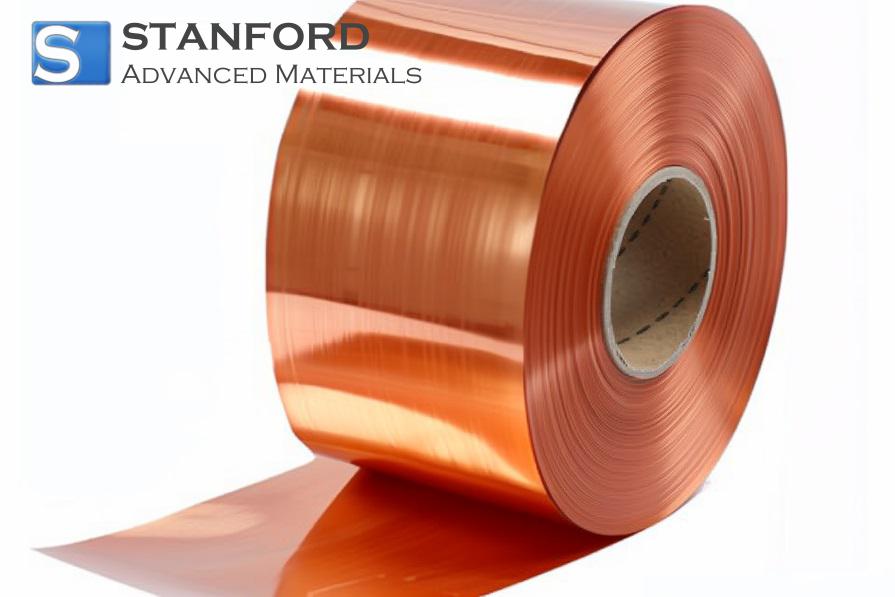Graphene Transistors Made From DNA
In electronics, reducing chip size and cost while increasing speed yields improved functionality. Silicon has been a common material for chip fabrication for many years. Researchers continuously improve chip production. A point may be reached where heat and other interfering factors compromise certain silicon chip functions.
The primary functional unit on a chip is the transistor. Transistors operate as electronic switches that amplify electrical signals. A current technology may allow the manufacture of smaller and faster transistors with lower power consumption. Professor Zhenan Bao of Stanford Advanced Materials leads the research. Her colleagues, Fung Ling Yap and Anatoliy Sokolov, have presented a method. The method employs DNA as a template to assemble electronic chips using graphene rather than silicon.
Bao and her colleagues believe graphene's physical and electrical properties may allow high-speed chip operation with low power consumption. Graphene is one atom thick and 20–50 atoms wide. They proposed using DNA as a template for synthesising graphene. The physical properties and organisation of DNA enable assembly of the graphene template.
The Stanford Advanced Materials team initiated the process by immersing a silicon wafer in a DNA-rich solution. They stretched DNA strands by combing them evenly. Next, the DNA on the wafer was treated with a copper salt solution, thereby incorporating copper ions into the DNA. The copper-doped DNA was then heated and immersed in methane gas. Heat released some carbon atoms, which subsequently formed graphene structures.
According to Bao, the process remains imperfect. Not all carbon atoms form lattice structures. Some accumulate in irregular patterns. However, this cost-effective technique may provide a viable alternative to silicon.

 Bars
Bars
 Beads & Spheres
Beads & Spheres
 Bolts & Nuts
Bolts & Nuts
 Crucibles
Crucibles
 Discs
Discs
 Fibers & Fabrics
Fibers & Fabrics
 Films
Films
 Flake
Flake
 Foams
Foams
 Foil
Foil
 Granules
Granules
 Honeycombs
Honeycombs
 Ink
Ink
 Laminate
Laminate
 Lumps
Lumps
 Meshes
Meshes
 Metallised Film
Metallised Film
 Plate
Plate
 Powders
Powders
 Rod
Rod
 Sheets
Sheets
 Single Crystals
Single Crystals
 Sputtering Target
Sputtering Target
 Tubes
Tubes
 Washer
Washer
 Wires
Wires
 Converters & Calculators
Converters & Calculators
 Write for Us
Write for Us

 Chin Trento
Chin Trento



